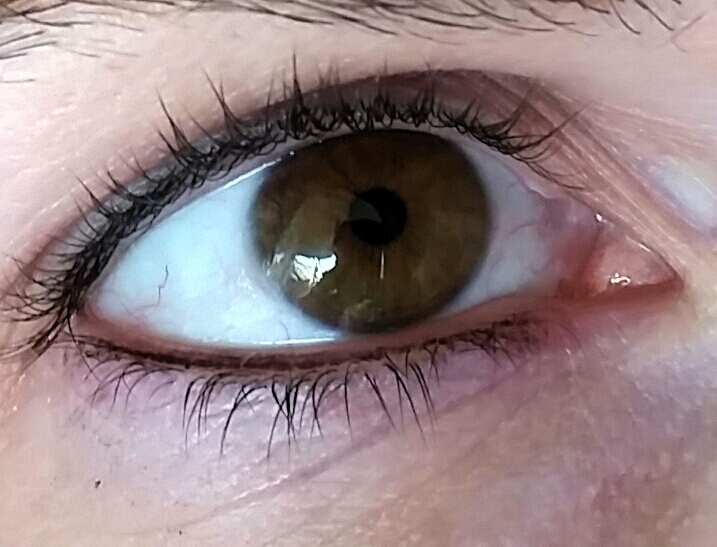
Are your eyes dry or sensitive to light? Do you have blurred vision or “floaters”? These and other eye problems could be side effects of common medications.
Few people make the connection between changes in their eyes and medications they take—yet the truth is that many prescription and over-the-counter drugs cause ocular side effects. Here are common symptoms and the drugs that could be causing them…
Important: Contact your physician (eye doctor or primary care) if you have any of these symptoms. Most are not dangerous, and minor eye problems may be a reasonable trade-off for a potentially lifesaving drug. Always bring with you to the doctor a complete list of the medications you take—prescription and over-the-counter—and the doses. Stopping the medications can reverse the symptoms in many cases.
Abnormalities in pupil size. Discrepancies in how your pupils react to light (called aniscoria) can be caused by a variety of medications, including Catapres (for hypertension), Donnatal (irritable bowel syndrome/ulcers), Humulin (diabetes) and Tavist (allergies).
If your pupils aren’t always the same size—especially if only one pupil is abnormally enlarged—it’s important to go to the emergency room immediately. The brain controls pupil size, so a disturbance there can cause pupils to be different sizes.
Cataracts. If you live long enough, you eventually will develop cataracts (lenses that have clouded over, making it more difficult to see). Certain drugs may speed the process, including Coumadin (for heart disease), Plaquenil (malaria, rheumatoid arthritis and lupus) and most steroids.
Difficulty focusing. The medical term for this condition is “accommodative insufficiency.” It grows more common with age and also is a side effect of some medications. These include Adipex (for obesity), Enduron (hypertension), Norpramin (depression) and Xanax (anxiety).
Double or blurred vision. There are many potential causes for seeing double or for vision that suddenly blurs. Medications that can cause this include Adipex (for obesity), Celebrex (inflammation), Lamictal (seizures), Mevacor (elevated cholesterol), Tylenol (pain relief) and Zantac (ulcers).
If your blurred or double vision is sudden, severe and unrelenting, go to the emergency room immediately. This visual impairment is not only unsafe (for instance, when you are driving), but it could be a sign of a serious medical problem such as a stroke or brain lesion.
Dry eyes. Many factors (including computer use, wearing contact lenses and allergies) can reduce tear production and cause dry eyes—and so can certain medications, such as Actifed (for allergies), Catapres (hypertension), Detrol (bladder control) and Paxil (depression).
Until you see your doctor, self-treatment options for dry eyes include blinking as often as possible…use of artificial tear solutions (available in drugstores and chain stores)…avoiding irritants, including eye makeup and air pollution…and wearing sunglasses. Or try an oral gamma-linolenic acid (GLA) product such as BioTears.
Eye irritation. Redness in the whites of your eyes or irritations on your eyelids can be caused by medications such as Aricept (taken to improve cognitive loss), Cardizem (heart disease), Enduron (heart disease) and Voltaren (rheumatoid arthritis, osteoporosis).
Floaters and other visual disturbances. Flashes of light or color, floaters and other visual disturbances can occur for a host of reasons, including as a side effect of a drug. Medications linked to visual disturbances include Benadryl (for allergies), Cardizem (heart disease), Elavil (depression) and Xanax (anxiety).
The causes of visual disturbances can range from inconsequential to potentially serious, so they should be checked out by your eye doctor as quickly as possible. This is especially true if you suddenly see flashes of light or if numerous new floaters appear—that could be a sign of a retinal detachment.
Light sensitivity. Though there are other possible causes, light sensitivity may be a side effect of drugs (including recreational drugs such as cocaine and amphetamines). Drugs linked with light sensitivity include Diabinese (for diabetes), Dilantin (epilepsy), Lipitor (high cholesterol/heart disease), Pepcid (gastric ulcers) and Viagra (erectile dysfunction). If light sensitivity is severe and your pupils are enlarged—especially if only one pupil is enlarged—go to the ER. It could be a sign of stroke or a brain tumor.
Yellowed eyes. Several conditions can cause the white parts of the eye to turn yellow, including illness, sun exposure and drugs such as Diabinese (for diabetes), Elavil (depression) and Librium (anxiety). Yellowing may be a sign of cirrhosis or hepatitis. It is important to see your doctor quickly to have this checked out.
Source: Jeffrey R. Anshel, OD, optometrist and founder of Corporate Vision Consulting, which addresses visual demands in the workplace. He has written six books on computer vision concerns and nutritional influences on vision, the latest being The Ocular Nutrition Handbook. He is a Fellow of the American Academy of Optometry and founder and past president of the Ocular Nutrition Society. He maintains a private practice in Encinitas, California.
